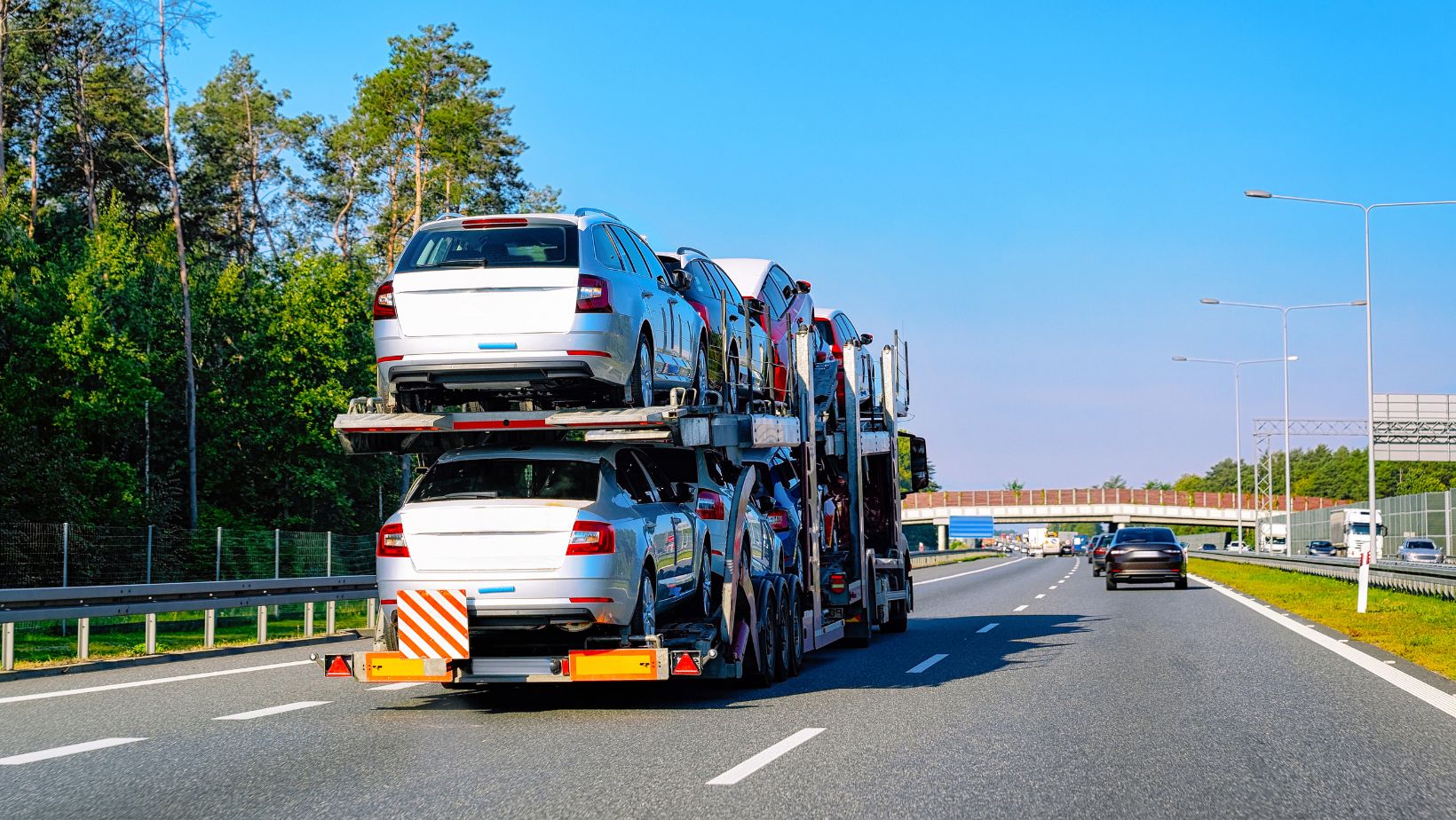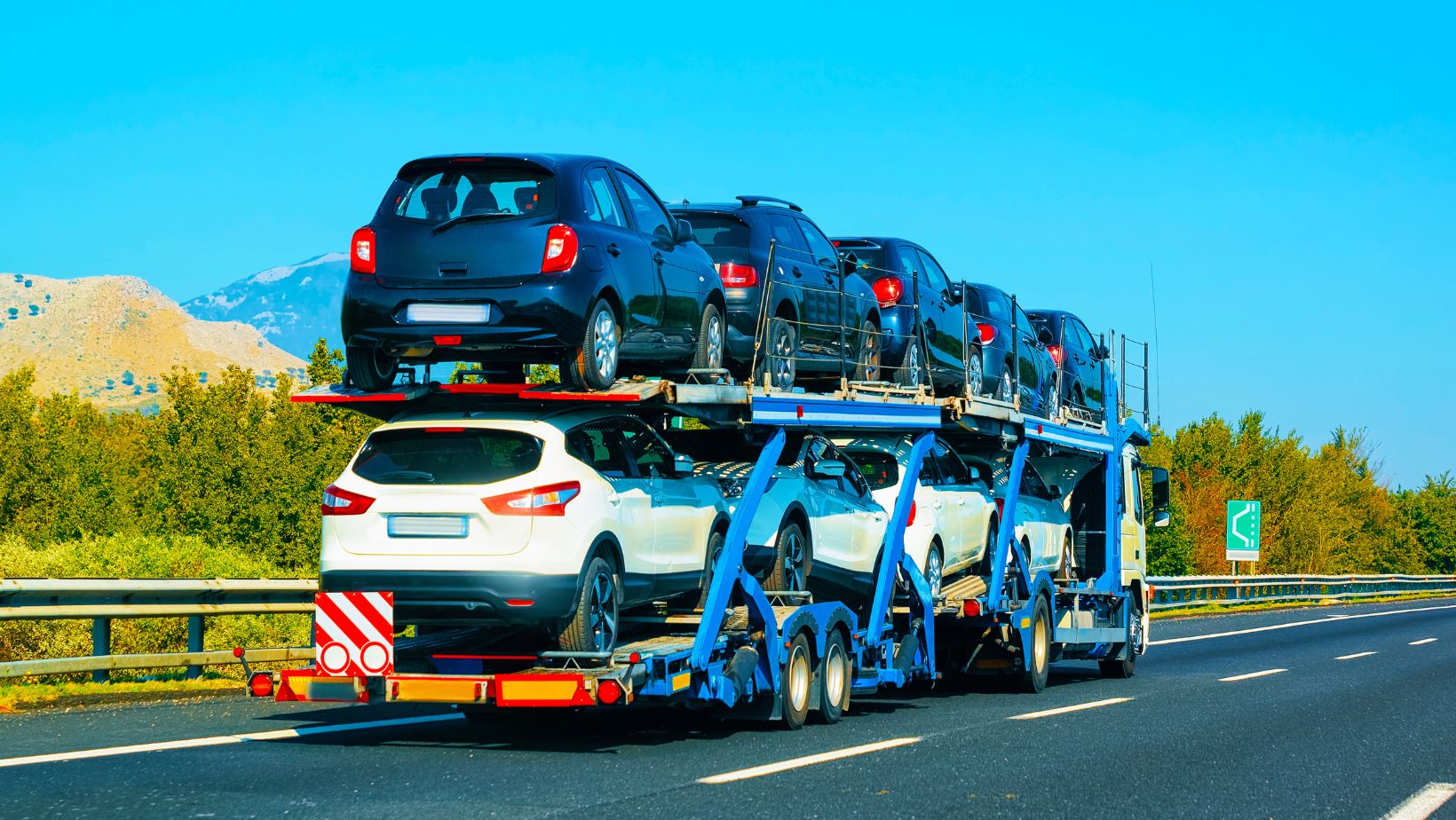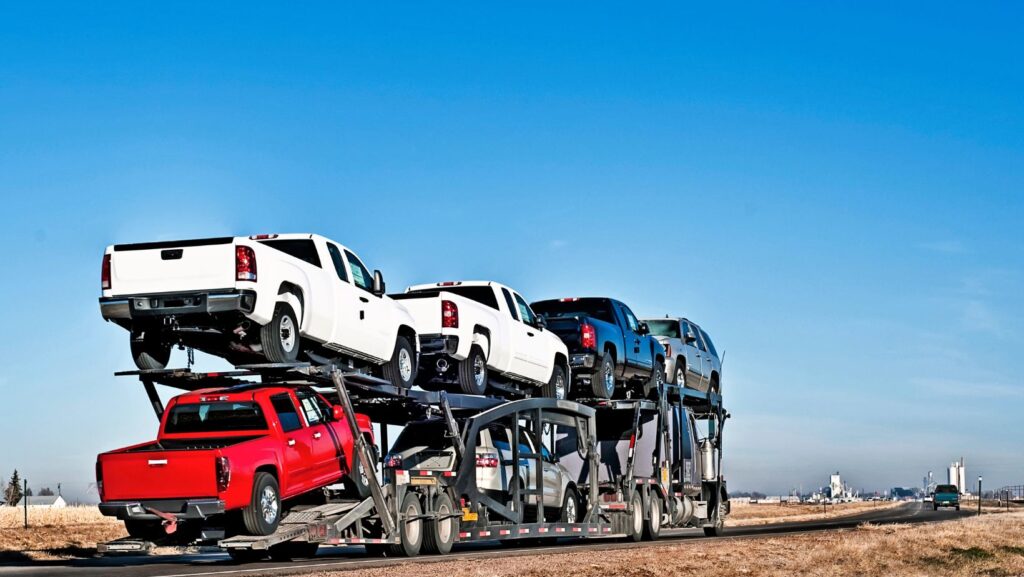Hauling multiple cars across the vast expanse of America can seem like a daunting task. Whether you are moving for work, relocating your business, or transporting cars as part of a fleet, the challenges are the same: how to do it safely, efficiently, and without unnecessary stress. With careful planning, the right equipment, and knowledge of regulations, hauling three cars across the country can be a smooth and successful endeavor. This guide covers everything you need to know, from choosing the right hauling method to ensuring safety along the journey.
Choosing the Right Hauling Method
When it comes to transporting multiple cars across the country, the first decision you must make is which method to choose. Whether you opt for professional auto transport services or a DIY approach, each option comes with its own set of advantages and challenges.
For those who prefer a hands-off approach, hiring a professional auto transport company is often the best choice. These companies specialize in transporting vehicles long distances and offer both open and enclosed transport options. Open transport is typically more affordable and involves cars being shipped on an open-air trailer. However, it exposes the vehicles to potential weather damage and road debris, making protective solutions like custom-fit car covers a wise consideration for pre- and post-shipment storage. Enclosed transport, on the other hand, offers greater protection from the elements, making it a preferred choice for luxury or classic cars, though it comes at a higher price.
If you’re comfortable with handling the logistics of towing, you can haul the cars yourself using a multi-car trailer. This approach allows for more control over the journey, but it also requires a vehicle capable of towing multiple cars. Wedge trailers and three-car haulers are common options, each designed to carry different types of vehicles. You must also factor in the cost of renting the trailer, fuel for your tow vehicle, and any permits you may need for oversized loads. Check out https://www.milltrailers.com/product-category/3-car-trailers/ for more information.
Preparing Your Vehicles for Transport
The first step is to conduct a thorough inspection of each car. Document the vehicle’s condition with detailed photographs, noting any existing damage. This serves as a reference in case there is any dispute over damage during transport. Check fluid levels, tire pressure, and the charge on the batteries to ensure the vehicles are in optimal condition for the journey. Secure any loose parts or personal belongings that may shift during transit. While most transport companies will advise you to remove personal items from the vehicles, it’s always a good idea to double-check that nothing is left behind.

Insurance is another key consideration. While reputable auto transport companies offer coverage, it’s important to understand the extent of the protection. In most cases, transport insurance will cover damages caused by accidents during transit, but it may not cover issues like mechanical failure or pre-existing damage. Review your auto insurance policy to see if it offers any additional protection while the vehicle is being transported.
Legal and Regulatory Considerations
Hauling multiple cars across state lines means navigating a complex web of legal and regulatory requirements. The Department of Transportation (DOT) and the Federal Motor Carrier Safety Administration (FMCSA) have strict guidelines for transporting vehicles, especially oversized loads.
One of the first things you’ll need to consider is whether you require a special permit. Multi-car haulers often exceed weight limits, particularly when hauling large or heavy vehicles. Check the weight restrictions for each state you will be traveling through, and make sure you have the necessary permits to carry oversized loads. This is particularly important if you plan on using a DIY approach to hauling.
Mapping the Right Route for a Safe Journey
Planning the route for hauling three cars across America is just as crucial as preparing the vehicles. The route you choose will have a significant impact on the overall safety and efficiency of the journey. Opting for highways and truck-friendly routes is the best choice, as these roads are designed to handle heavy and oversized loads. Avoid narrow, winding roads or low-clearance bridges that could pose a hazard to your multi-car trailer.

When planning your route, take the time to check weather conditions along the way. Severe weather—such as heavy rain, snow, or high winds—can make driving a multi-car trailer much more difficult and dangerous. If possible, avoid traveling through areas prone to extreme weather, and be prepared to alter your route if necessary. Additionally, factor in the potential for road closures or detours that may arise unexpectedly.
While making your journey safe and following all legal requirements is crucial, it’s also important to be prepared for unexpected incidents on the road. Accidents can happen even when every precaution is taken, especially during long-haul trips between states like Nevada and California. If you ever find yourself involved in a collision, seeking professional help after a car crash can ease the burden of navigating insurance claims, injury recovery, and legal complexities—particularly in busy regions such as Las Vegas where experienced car accident attorneys are available to protect your rights.
Conclusion
Hauling three cars across America may seem like a complex task, but with the right preparation, equipment, and knowledge, it can be a smooth and successful journey. By choosing the best hauling method, preparing your vehicles for transport, understanding the legal regulations, and planning your route carefully, you can ensure that your cars arrive safely and securely. Keep safety at the forefront of your journey, and be prepared for any challenges that may arise. With careful planning and attention to detail, you’ll be able to haul your cars across the country without a hitch.


More Stories
How Rent Management Software Can Transform Your Property Business
Jalbite Health Guide: Unlocking the Secrets to Wellness
Vivid2201 Game: Dive into the Future of Gaming